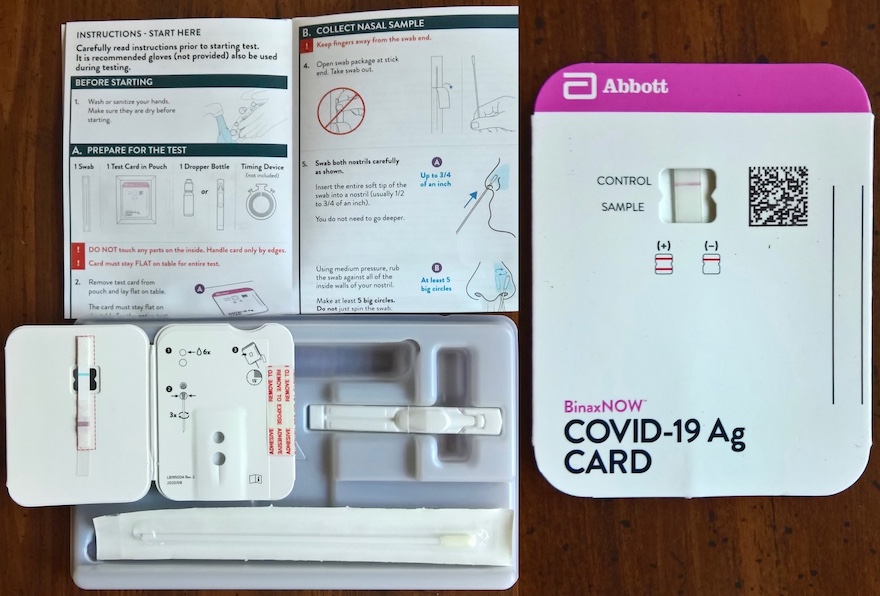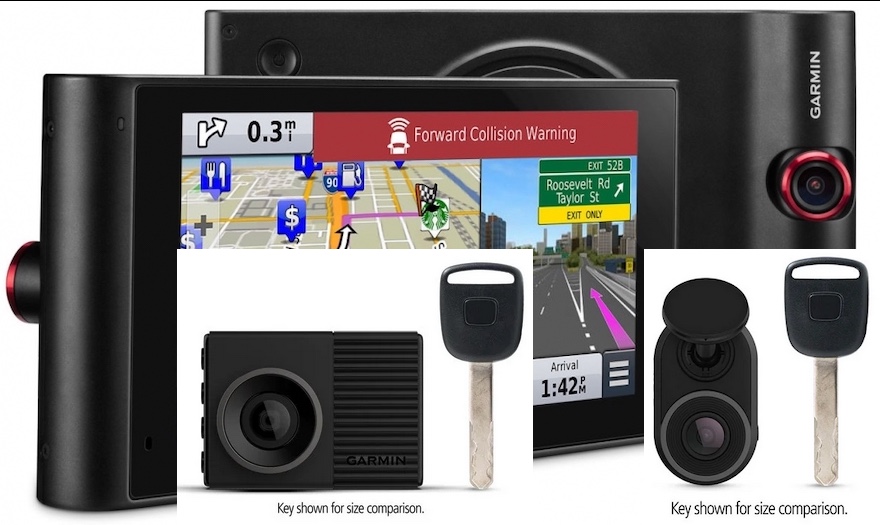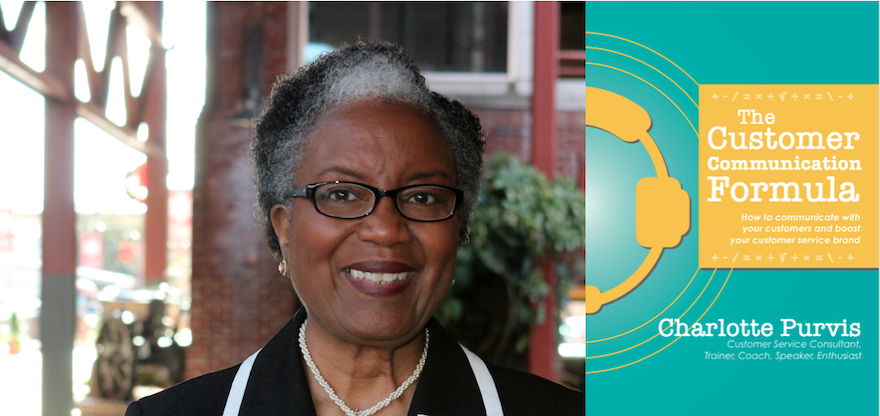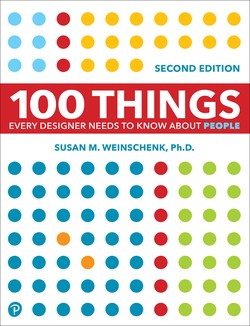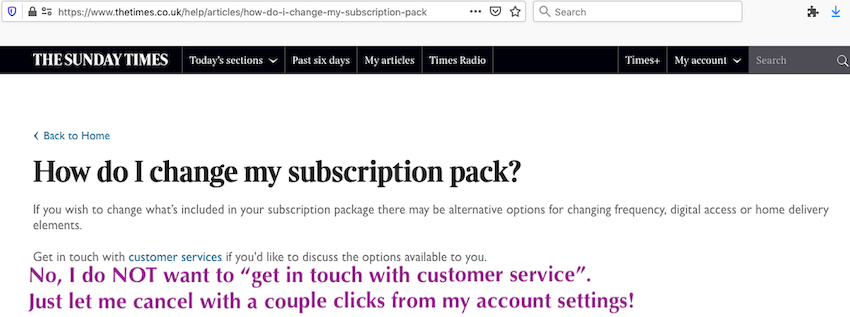
Tim Keirnan interviews author David Loehr and designer Greg Swenson about the new memoir That’s How Strong My Love Is: From Rock and Roll to James Dean. This book is unique in that David, the world’s foremost archivist of James Dean’s remarkable life and career, saved so many artifacts from his own interesting life experiences to document them, including ticket stubs, posters, autographed photos, clothing from various periods, photos, badges, pins, stage designs, newspaper clippings, and more. It’s a good thing he did, as some of the stories in this memoir are pretty amazing and might have encountered skepticism without the evidence at the end of each chapter. Greg worked with David to design the presentation of the memoir text and the appropriate artifact photos and scans, plus the cover.
The book is a delightfully detailed ride through the pop culture and counterculture of rock and roll music, its scenes, and its people, from the 1960s forward. The legend of James Dean, both the acting and the person, is a continuous reference point. David’s writing is marvelously free of the ego some memoir writers indulge in, and his encounters with household names in entertainment are fascinating yet down to earth. Some anecdotes are humorous, some are frightening, all are interesting. If you were there in the 60s, 70s, and 80s, or if you are just discovering those decades in pop culture history as a younger person, this memoir has something for everyone.
David’s memoir is on sale at the following places:
The James Dean Gallery (well worth visiting in person)
Ebay.com
Amazon.com
Greg’s cookbook, Recipes for Rebels, is another book design triumph and is available at the following places:
The James Dean Gallery
Recipes For Rebels site
Amazon.com
Watch the incredibly good 8-minute documentary Lenny’s Shirts about Lenny Prussack’s fashion design career. It has some wonderful scenes of Fairmount, IN, in an intimately hypnotic blend of images, video, and Lenny’s unique voice recounting his amazing career. Independent filmmaking at its best. Lenny’s current fashion designs can be found at his Etsy store.
Read Article Listen Now